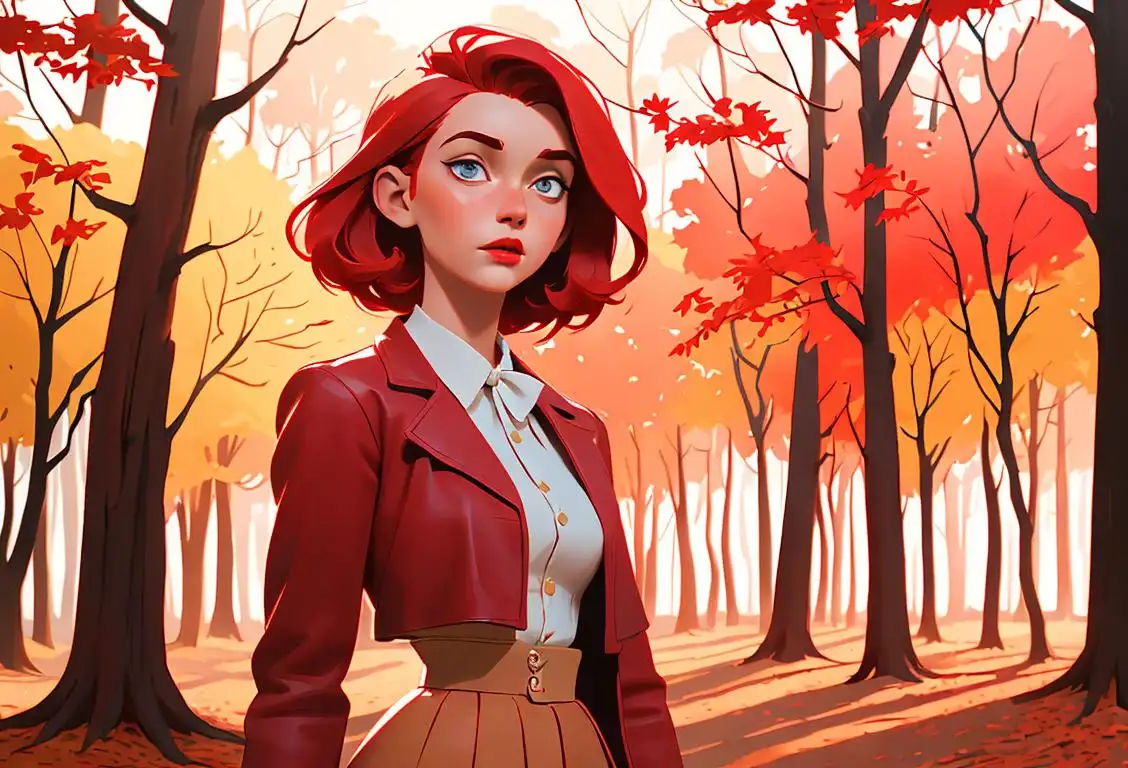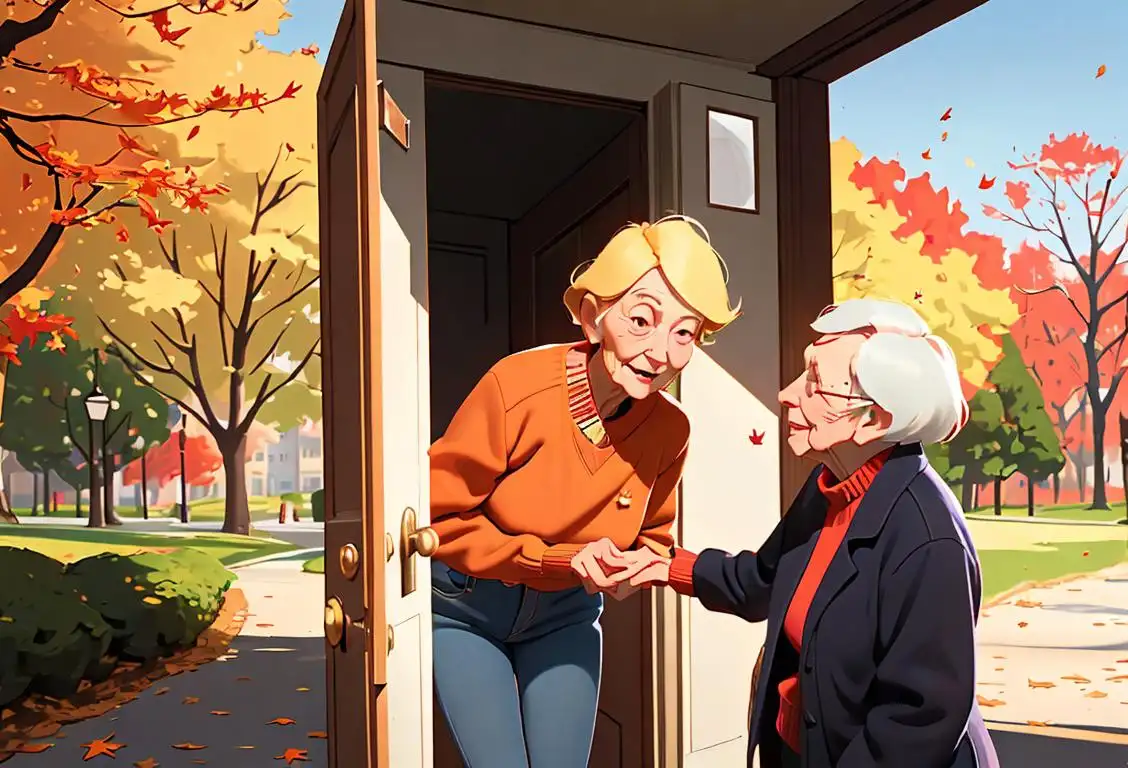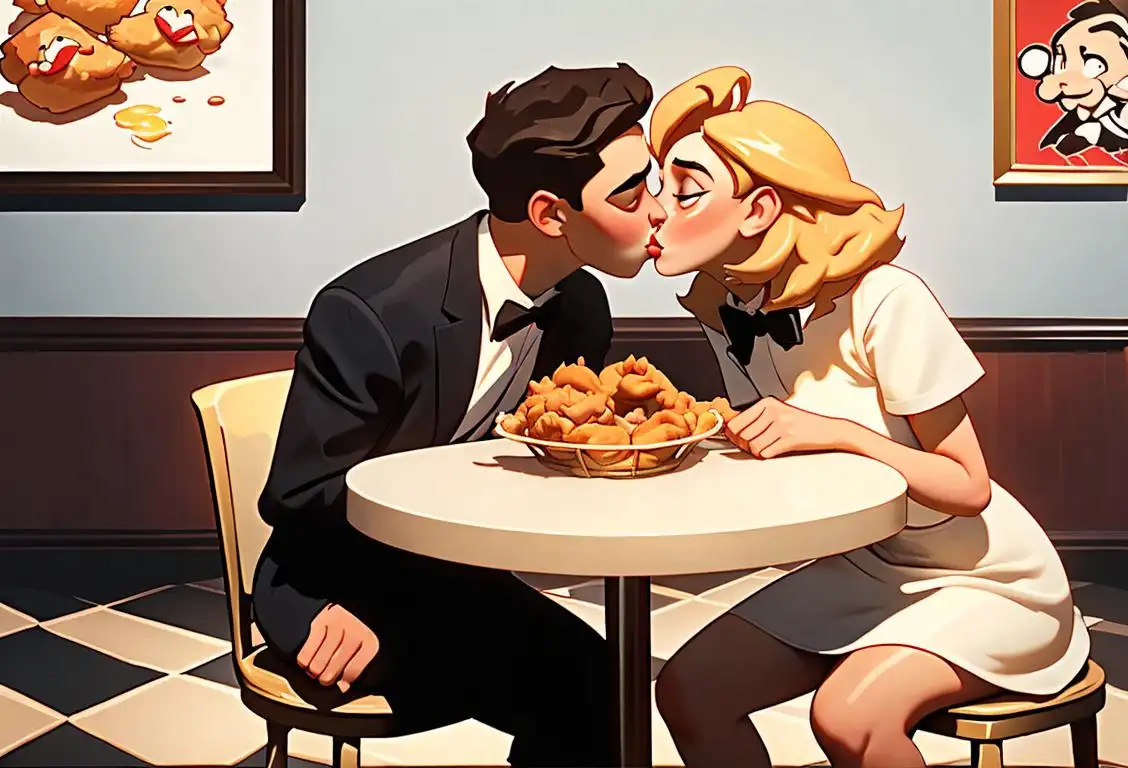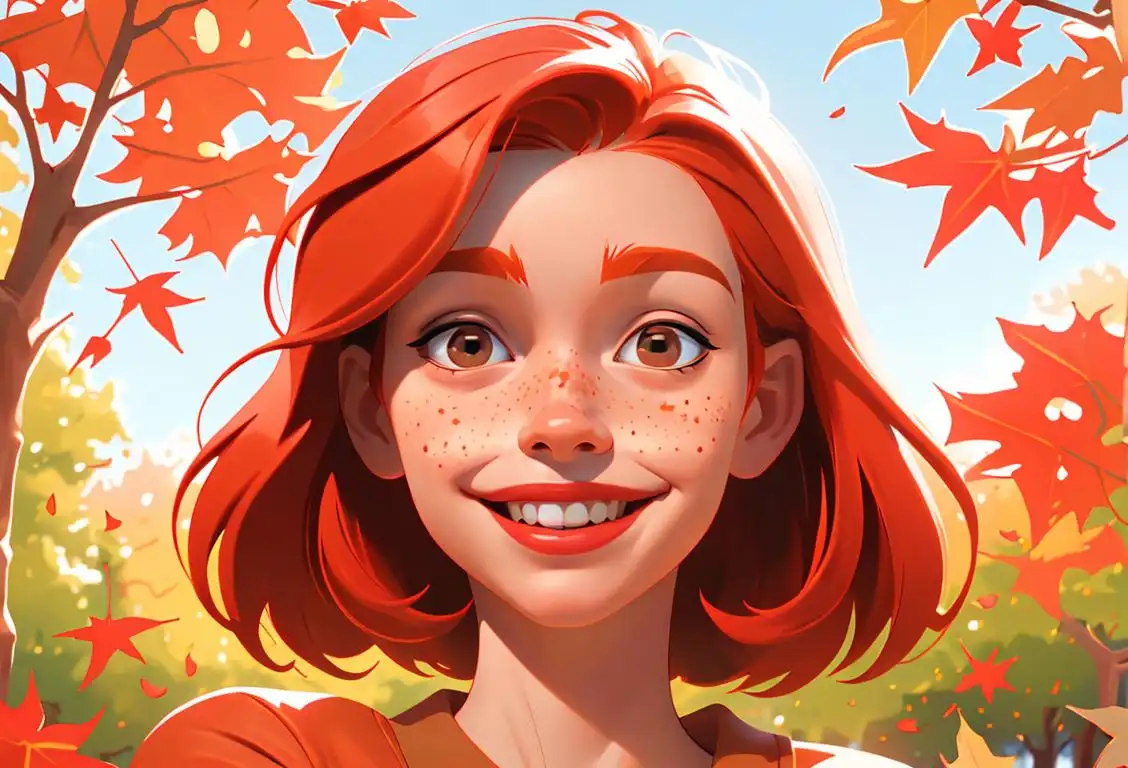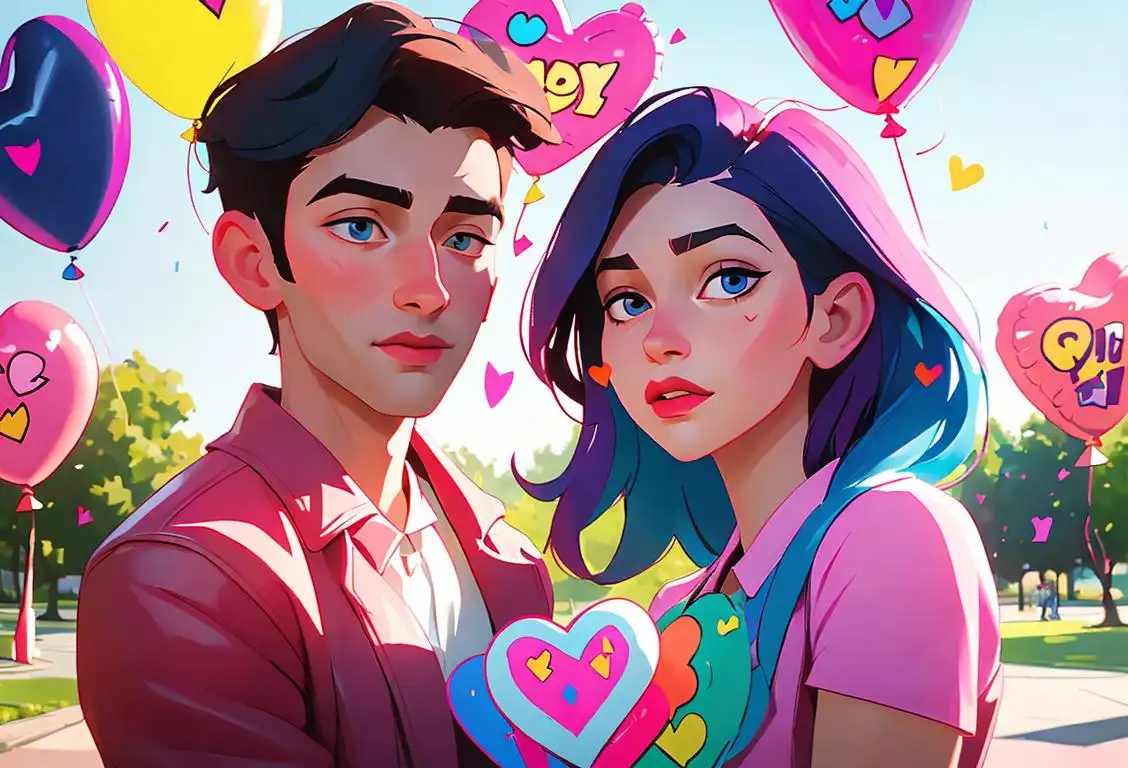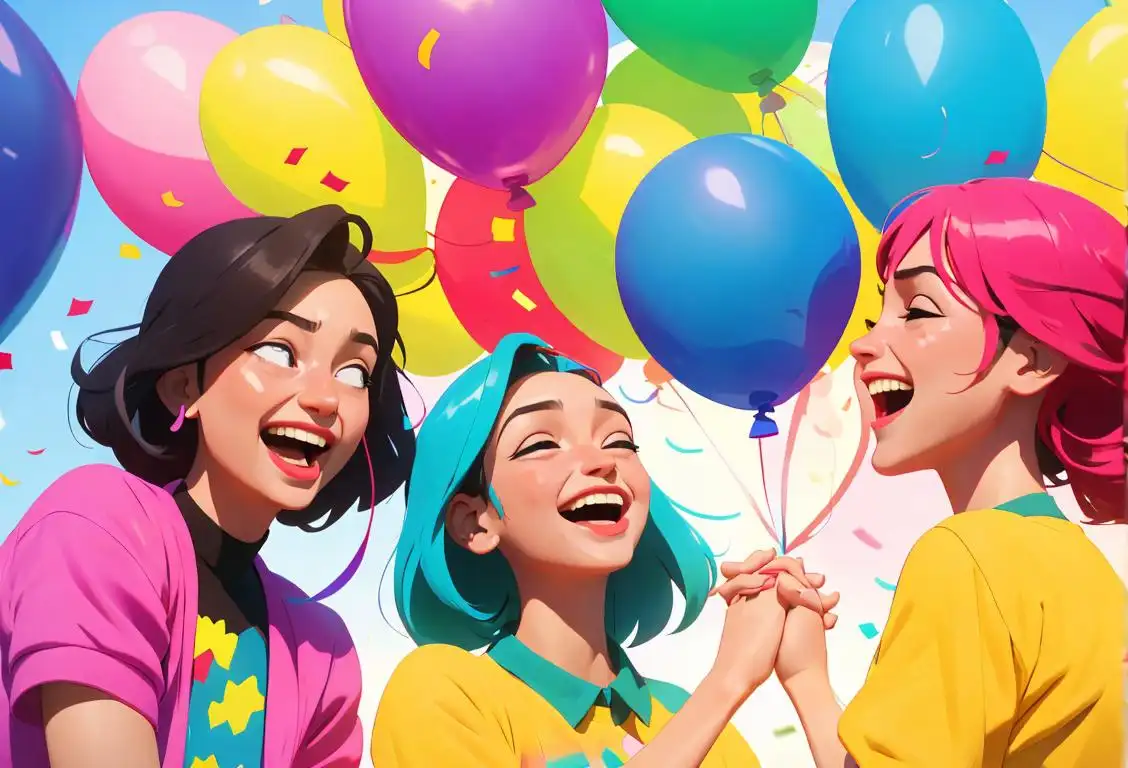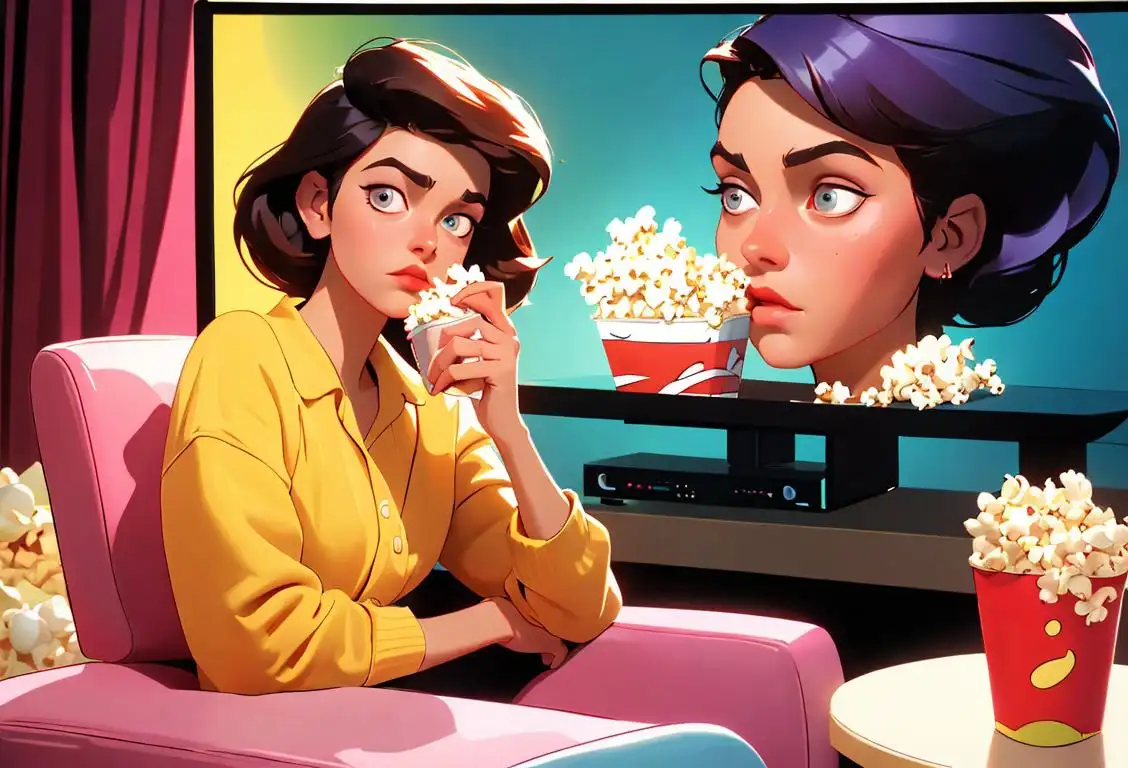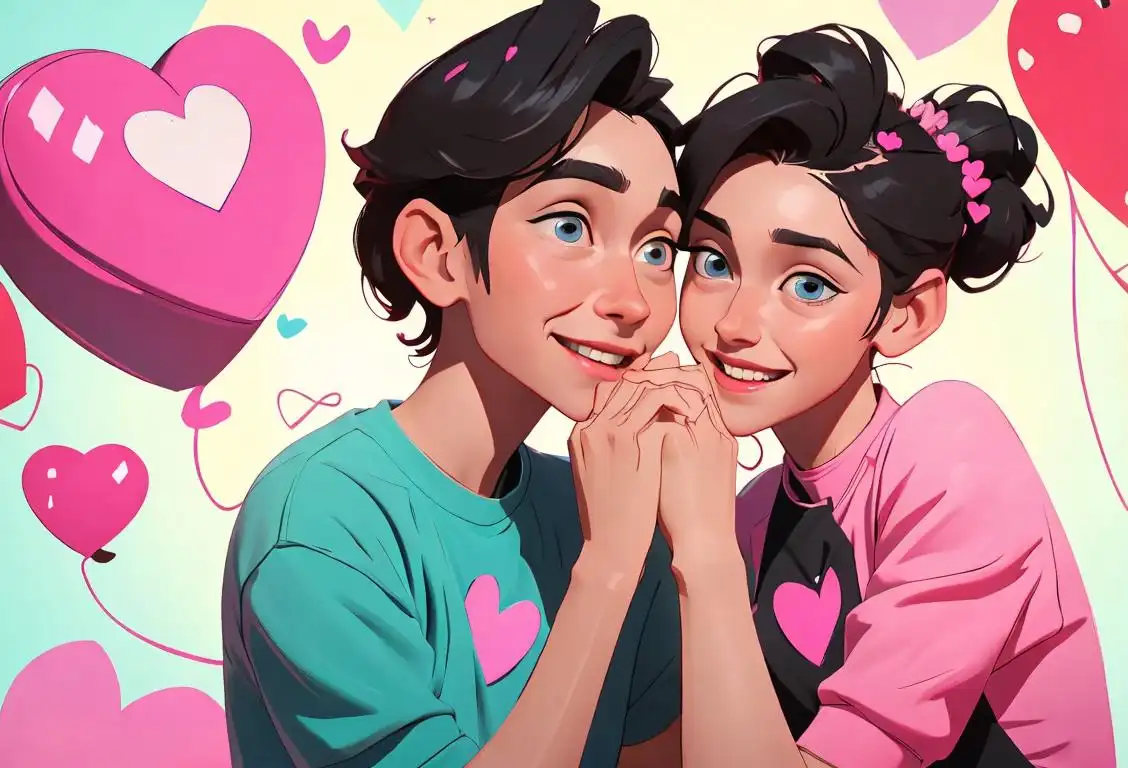National Fireworks Day
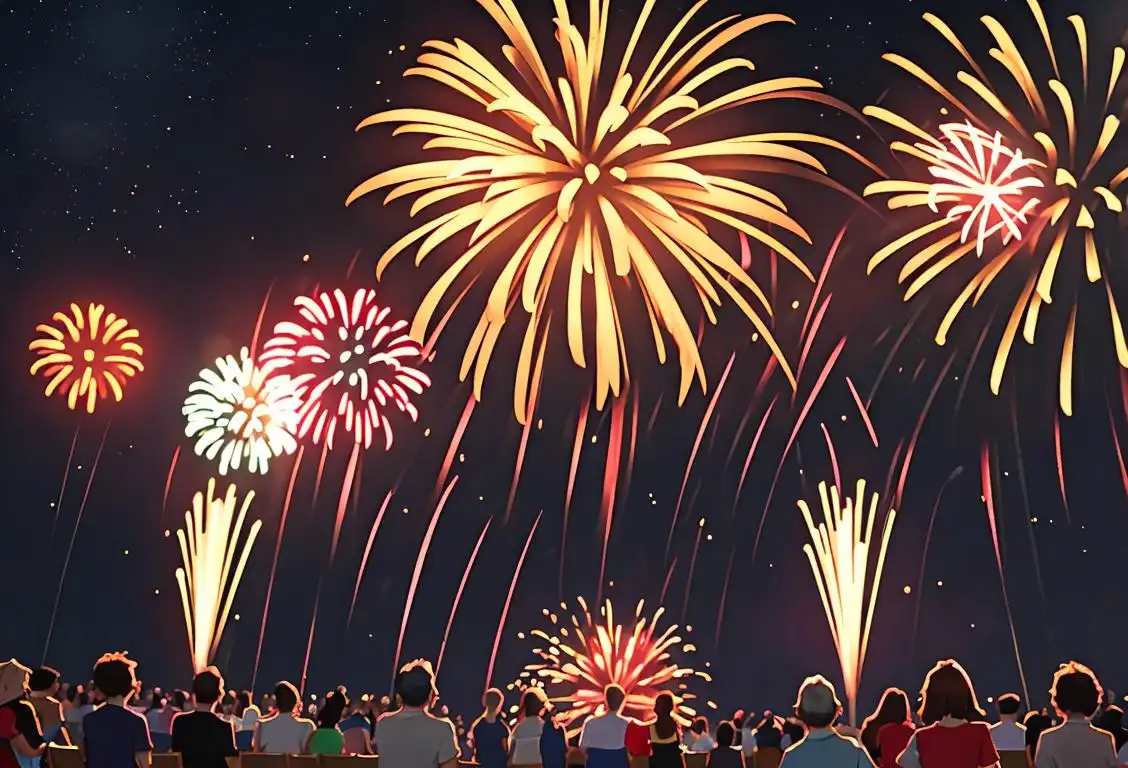
Get ready to light up the sky because it's National Fireworks Day!🎆✨ Gather your loved ones, grab some food and drinks, and get ready for a spectacular display of light and color that will leave you saying, 'Wow!' This explosive holiday is celebrated on July 4th, a day synonymous with fireworks, patriotism, and all-around fun. So, let's dive into the colorful world of fireworks and learn more about this dazzling national day!
When is Fireworks Day?
It's national fireworks day on the 4th July.
A Brief History of Fireworks
Did you know that the invention of fireworks is believed to have originated in ancient China? The Chinese were fascinated by colorful explosions in the sky and began experimenting with gunpowder, leading to the creation of fireworks around 2,000 years ago. These early firecrackers were primarily used for religious ceremonies and celebrations, but their popularity soon spread to other parts of the world.
In the 13th century, fireworks made their way to Europe through trade routes. They quickly became popular during royal weddings, military victories, and other significant events. The mesmerizing displays captured the imaginations of people and became a symbol of celebration and grandeur.
Fireworks and National Days
Fireworks and national days go hand in hand, especially in the United States. One particular day that reigns supreme when it comes to fireworks is the Fourth of July, also known as Independence Day. On this day in 1776, the United States declared its independence from Britain, and since then, fireworks have become an integral part of the celebrations.
Firework shows are held in cities and towns across the nation, captivating audiences with their vibrant colors and thunderous booms. Families gather in parks, on beaches, and even in their own backyards to witness the awe-inspiring displays. It's a time to come together, enjoy the festivities, and honor the history of the country.
Behind-the-Scenes of a Firework Display
Have you ever wondered how a fireworks show comes together? It's not just about lighting a fuse and watching the magic happen. Fireworks displays require careful planning, skilled pyrotechnicians, and an array of different types of fireworks.
Pyrotechnicians spend hours meticulously choreographing the show, choosing the right sequence of fireworks and synchronizing them with music. They make use of various types of fireworks, including aerial shells, fountains, rockets, and sparklers, to create a visual symphony in the sky.
Safety is also a top priority when it comes to fireworks displays. Professionals take precautions to ensure that the show is enjoyed responsibly, keeping both the audience and surroundings safe.
History behind the term 'Fireworks'
7th century
Early Chinese discovery
The history of fireworks can be traced back to ancient China during the Tang Dynasty (618-907 AD). It is believed that in the 7th century, Chinese inventors stumbled upon a mixture of sulfur, charcoal, and saltpeter, which created an explosive reaction when ignited. These early fireworks were primarily used for military purposes, such as signaling and scaring off enemies.
9th century
Firework displays for celebrations
By the 9th century, fireworks had transitioned from military applications to being a source of amusement and celebration. During the Song Dynasty (960-1279 AD), fireworks became popular during festivals and religious ceremonies. The Chinese developed various techniques to enhance the visual effects of fireworks, such as adding vibrant colors and creating unique patterns in the sky.
13th century
Spread to the Arab world
During the 13th century, Chinese explorers introduced fireworks to the Arab world through trade routes. Arab traders and merchants were fascinated by this dazzling form of entertainment and began incorporating fireworks into their own festive traditions. Fireworks quickly gained popularity across the Middle East and became an integral part of celebrations and royal events.
14th century
Fireworks in Europe
Fireworks finally made their way to Europe in the 14th century, thanks to Marco Polo's travels and the growing global trade network. The Europeans were entranced by the magical displays and adopted fireworks for festivities, particularly during royal weddings, coronations, and religious ceremonies. Fireworks also became a symbol of power and wealth for European monarchs.
17th century
Scientific advancements
During the 17th century, significant scientific advancements were made in understanding the chemistry and pyrotechnic properties of fireworks. Pyrotechnicians began experimenting with new chemical compositions to create more colorful and mesmerizing displays. Prominent scientists like Robert Boyle and Isaac Newton actively researched and contributed to the science behind fireworks, further improving their design and effects.
18th century
Fireworks as public entertainment
By the 18th century, fireworks had become a regular form of public entertainment, especially in major European cities. Spectacular firework shows were organized to celebrate important events, such as royal weddings, national holidays, and victories in battles. Fireworks became an art form, with skilled pyrotechnicians crafting elaborate displays that captivated audiences with their intricate designs, synchronized explosions, and breathtaking colors.
19th century
Industrial production and globalization
The 19th century witnessed a boom in the industrial production of fireworks. Fireworks factories sprouted across Europe and North America, utilizing mass production techniques to meet the growing demand. International trade enabled the spread of fireworks to other parts of the world, making them a global spectacle. Fireworks became synonymous with celebrations and have continued to evolve into the dazzling displays we witness today.
Did you know?
Did you know that the largest firework display ever recorded consisted of a staggering 810,904 fireworks? It was achieved in the Philippines in 2016 and earned them a spot in the Guinness World Records!Tagged
romance fun loved onesFirst identified
5th July 2016Most mentioned on
4th July 2020Total mentions
135Other days
Love Your Red Hair Day
Do Something Nice Day
Suicide Prevention Month Day
Kissing Fried Chicken Day
Kiss A Ginger Day
Iloveyou Day
Compliment Day
Happiness Day
Tv On The Same Day
Boyf Day
